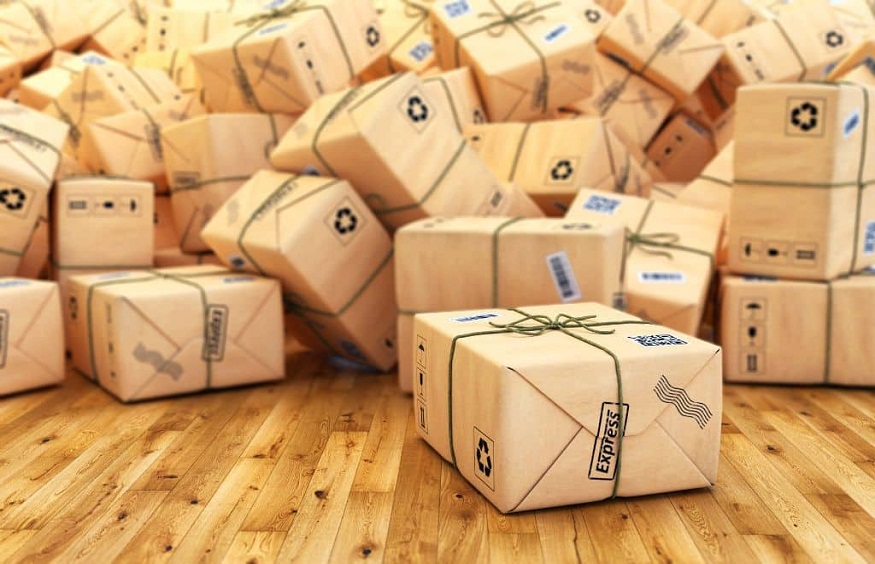
The Urgency of Sustainable Packaging Solutions
The world is currently grappling with an escalating waste crisis. With plastic debris overtaking marine life and landfills like the one in Nevada amassing over 50 million tons of refuse, the unsustainable levels of waste production are alarmingly evident. As the need for significant change becomes increasingly urgent, many individuals and organizations remain uncertain about effective strategies to tackle the issue. One critical area to address is packaging.
Annually, a staggering 78 million tons of plastic packaging is generated to protect and deliver goods globally. This figure has surged alongside the boom in e-commerce, and projections indicate that it will continue to rise in the coming years. Although many consider this packaging essential for providing safe and economical goods to consumers, the environmental ramifications of such practices are becoming harder to ignore.
Consumers are increasingly demanding more sustainable manufacturing practices, and many are even willing to pay a premium for eco-friendly options. A recent survey revealed that 60-70% of U.S. consumers are prepared to spend more for sustainable packaging solutions. To meet this growing demand, manufacturers can pivot towards sustainable packaging.
So, what constitutes sustainable packaging? It’s a comprehensive concept that emphasizes a closed-loop system where materials are optimized for production, use, and recycling. Sustainable packaging materials must not only meet performance and cost criteria but also have a minimal environmental footprint throughout their lifecycle. Additionally, they should be produced, transported, and recycled using renewable energy sources.
While it may seem daunting to meet all these criteria at once, manufacturers can take initial steps towards sustainability. For example, opting for recyclable materials can significantly advance sustainability objectives by extending the usable life of packaging and reducing overall waste. Simple changes, such as replacing plastic containers with cardboard or introducing biodegradable plant-based materials, can yield substantial benefits.
Another effective strategy for achieving sustainable packaging is collaborating with organizations committed to rigorous sustainability practices. By partnering with third-party companies that specialize in sustainable manufacturing, packaging, or material sourcing, businesses can significantly reduce their carbon footprint and contribute to a healthier planet.
For those wondering: what is roll stock packaging? Or just hoping to learn more about sustainable packaging solutions, explore the additional strategies for improving operations found within the accompanying resource.



